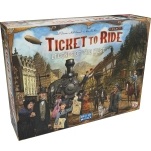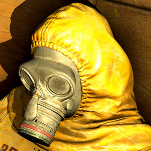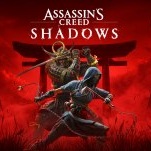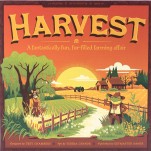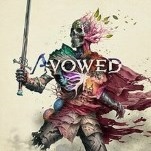It’s a Long Way to the Top in Rock Hard 1977
Photo by Keith Law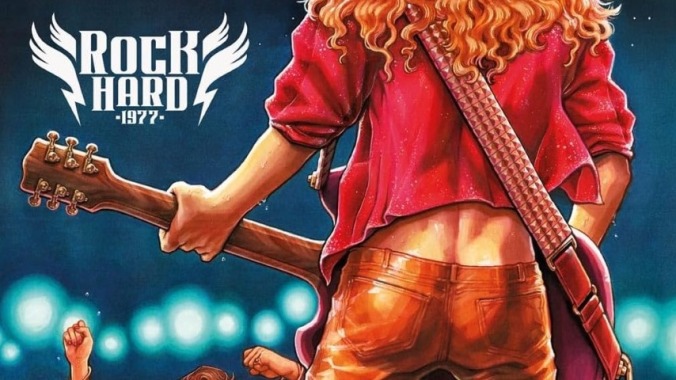
I go to two board game conventions every year, Gen Con and PAX Unplugged, and while both are a blast, I am definitely getting a little fatigue when it comes to seeing new games—so many of them just look the same and run completely together. For a long time it was games based in ancient Egypt or Greece. We’ve got a slew of games set in Japan, almost never by Japanese designers. There was a run of pirate games. This year it seemed like we had a ton of space corporation games—yes, corporations, but, like, in space.
Rock Hard 1977, the game I tabbed as the #1 game I saw at the convention, managed to break through the clutter because of its theme: You’re a wannabe rock star in 1977, and you have a limited amount of time to make your dreams come true. You have a day job that you might show up to, but maybe at some point you decide you can afford to quit, or just can’t afford to give up that studio time. You’ll rehearse, hire publicists, record a demo tape in the small hours, maybe get a record deal and play some bigger gigs. And maybe you’ll need a little extra pep in your step so you can pack more than 24 hours into your day. I can honestly say I’ve never seen a game like it, and given who designed it, I shouldn’t be surprised: Jackie Fuchs, known back in the 1970s as Jackie Fox, the bassist for one of the most important bands in rock history, the Runaways.
Fuchs is a serious board gamer herself and has said part of the genesis of the game was her frustration with games for five players that result in a ton of downtime between your turns. (Her designer diary on Rock Hard 1977 is an incredible read.) Rock Hard 1977’s turns are very quick, and the whole game really hums along—pun somewhat intended—for an experience that is both satisfying and will also leave you thinking about the things you otherwise should have done.
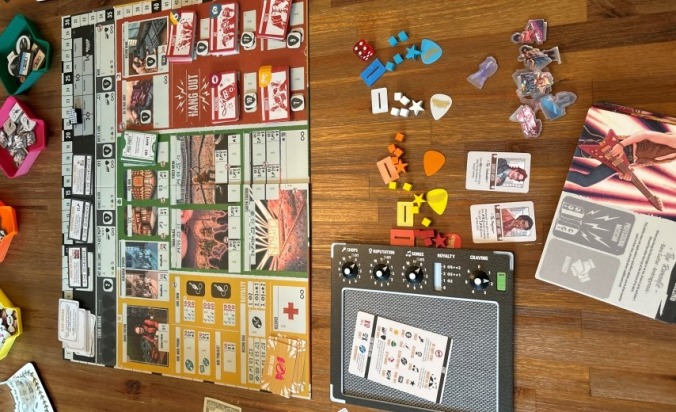
-

-

-

-

-

-

-

-

-

-

-

-

-

-

-

-

-

-

-

-

-

-

-

-

-

-

-

-

-

-

-

-

-

-

-

-

-

-

-

-
































